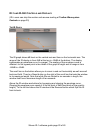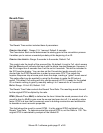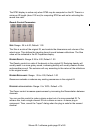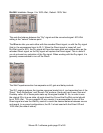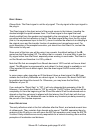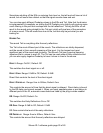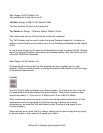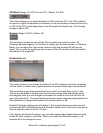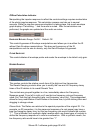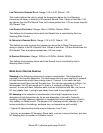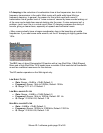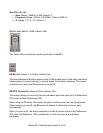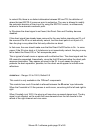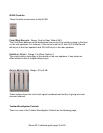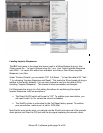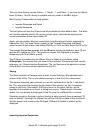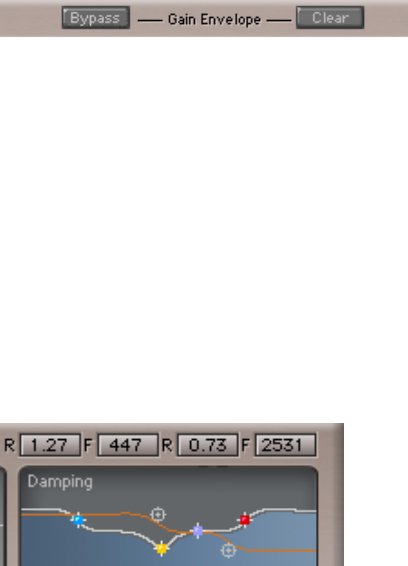
Offline Calculation Indicator
Manipulating the impulse response to reflect the controls settings requires recalculation
of the whole impulse response. This calculation process can take up to several
seconds. While the impulse response calculation is taking place, the reverb envelope
graph displays “Calculating…” and the audio is muted. After the calculations are
performed, the graphs are updated and the audio un-mutes.
ENVELOPE BYPASS: Range: ON/OFF. Default: Off.
This control bypasses all Envelope manipulations and allows you to audition the IR
without Gain Envelope manipulations. This does not bypass any of the IR
manipulations such as size or density; only the Gain Envelope is bypassed.
C
LEAR ENVELOPE
This control deletes all envelope points and resets the envelope to its default unity gain.
R
EVERB DAMPING
This section controls the relative reverb time of the high and low frequencies.
The Reverb Damping controls allow you to modify the Low and Hi Frequency decay
times of the IR relative to its overall Reverb Time.
The controls are grouped together in a line, immediately above the Frequency
Response graph. From left to right you’ll see the low frequency ratio and frequency
value (Hz), then the high frequency ratio, and frequency value (Hz). This arrangement
allows for easy modification of both Ratios at the same time, by shift-clicking them and
dragging to change values.
Please Note: The Ratios are relative to the spectral properties of the original IR. For
example, an IR (remember: it is the measured response of a real space) may have a
long low-frequency decay time, but the low-frequency ratio would indicate the number
“1”. This is different from synthetic digital reverbs which use these types of controls to
define the frequency response of a room’s reverberation. With a synthetic reverb, the
low frequency ratio would have to be greater than “1”.
Waves IR-1 software guide page 28 of 40



